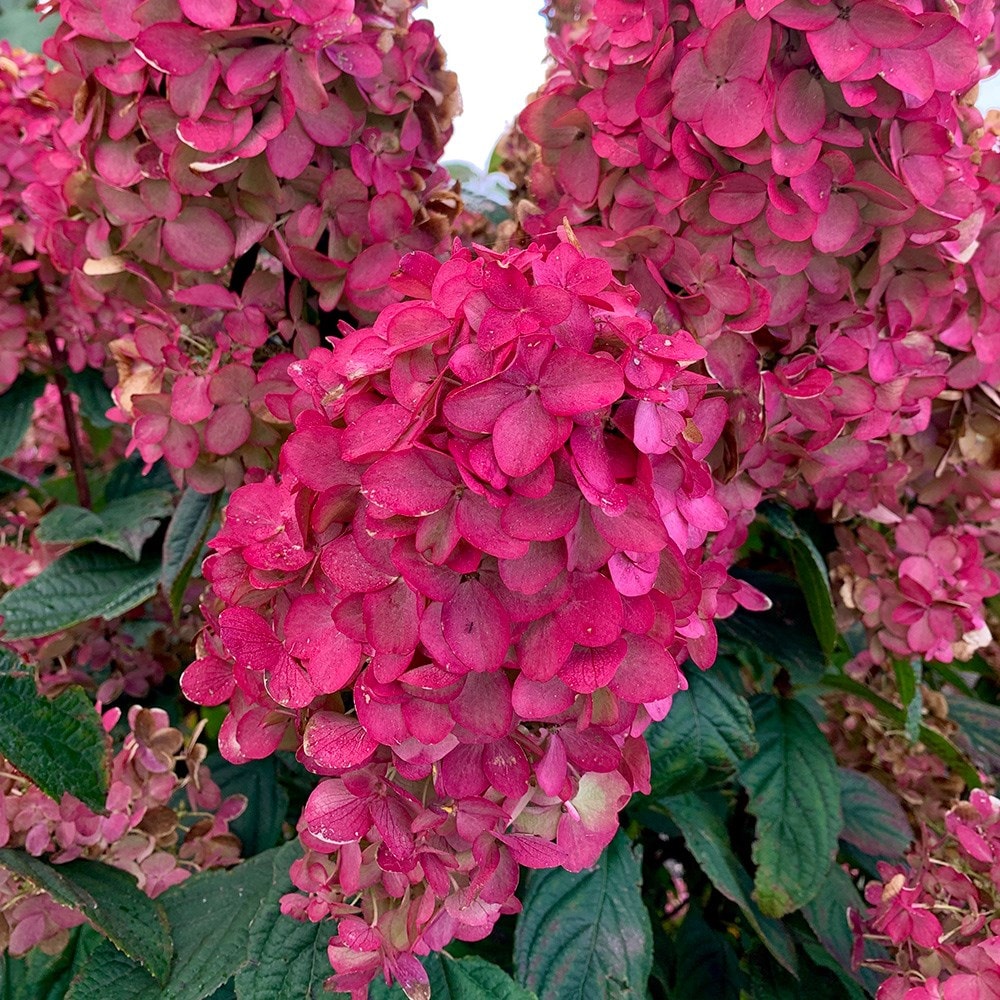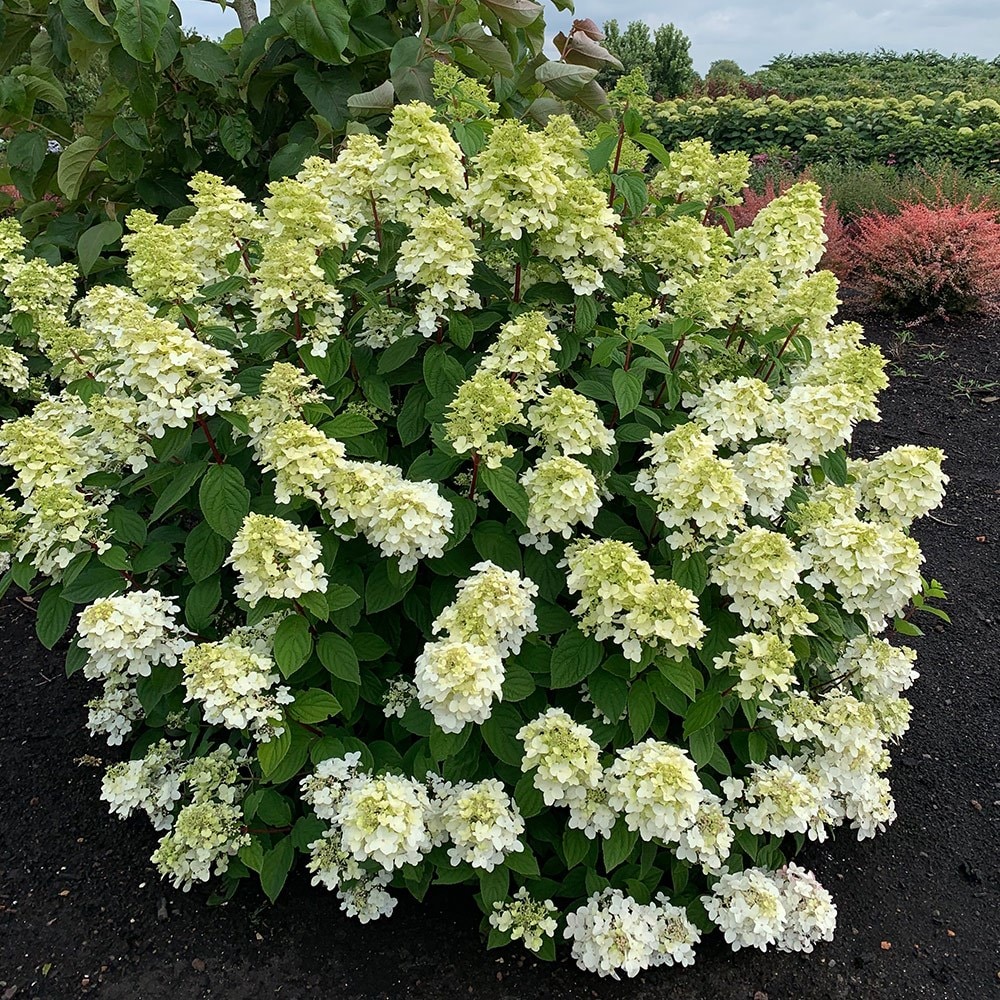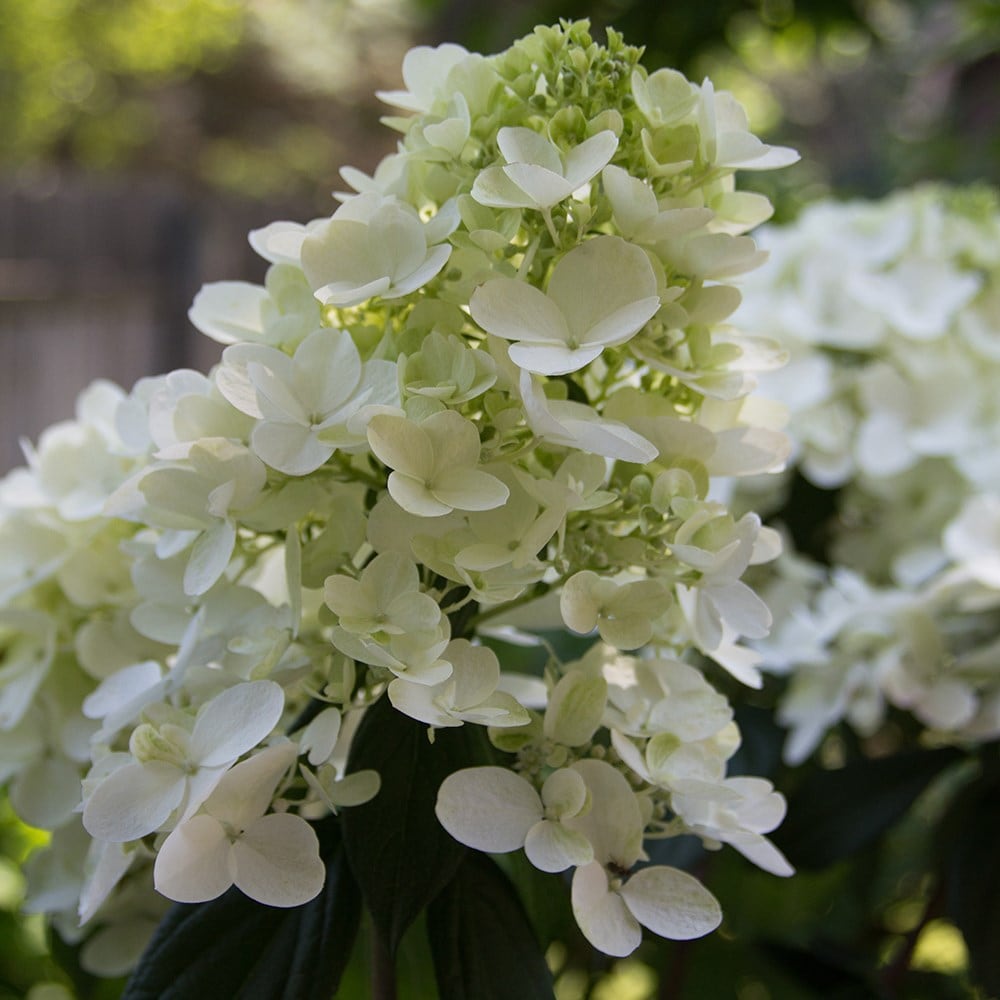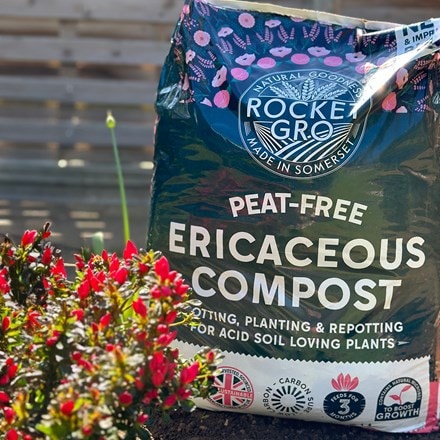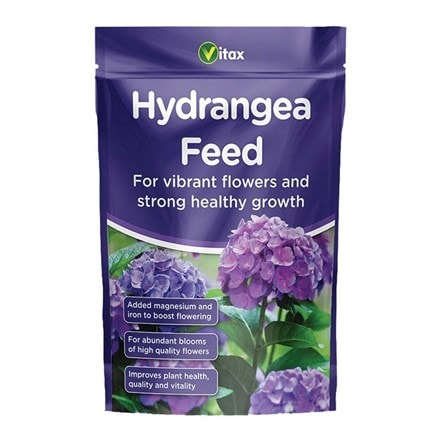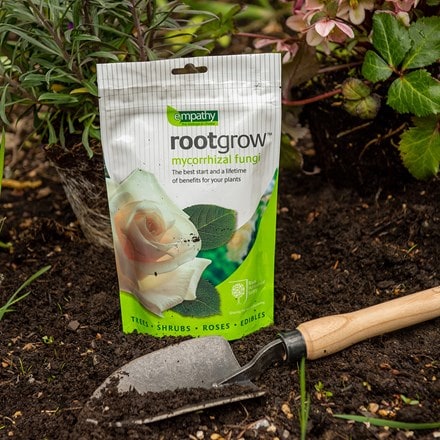Hydrangea paniculata Fire Light ('Abetwo') (PBR)
hydrangea ( syn. Hydrangea paniculata 'Smhpfl' PBR )
Eventual height & spread
Hydrangea paniculata Fire Light ('Abetwo') (PBR)
hydrangea ( syn. Hydrangea paniculata 'Smhpfl' PBR )
- 5 litre pot
- £44.99
- In stock (shipped within 2-3 working days)
Delivery options
- Standard £5.99
- Position: full sun or partial shade
- Soil: moist, well-drained, moderately fertile, humus-rich soil
- Rate of growth: fast
- Flowering period: June to August
- Hardiness: fully hardy
Boasting a dense canopy of oval-shaped dark green leaves with subtly serrated edges, this deciduous shrub sets the stage for a spectacular floral display. In midsummer, tightly packed cones of pristine white flowers burst forth, later transitioning to a stunning shade of rich reddish-pink, adding a fiery allure to moist but well-drained borders. Standing tall on sturdy stems, the sizable flowerheads, often exceeding 15cm (6in) in length, make a bold statement both in the garden and as captivating additions to fresh or dried flower arrangements. Highly resilient and consistent in performance, ‘Fire Light’ burns bright, promising a dazzling show from midsummer well into autumn.
Choose a spot with partial shade to full sun, though at hotter, sunnier times of the year, partial shade is preferable to protect the blooms and avoid the plant wilting after planting. The soil should be well-drained, rich, and consistently moist, but not waterlogged.
Dig a hole twice the width of the root ball and just as deep, then mix in plenty of organic matter such as compost or well-rotted manure. Place the plant in the hole, backfill with the enriched soil, and water thoroughly. Mulch around the base to retain moisture and keep the roots cool, but keep the mulch away from the stem to prevent rot.
Regular watering is important, especially during dry spells, to ensure the plant establishes well and produces abundant blooms - hydrangeas do not like to dry out.
Once established, to enhance flowering prune hard in late winter/early spring cutting back the previous season's shoots to within a few buds of the permanent, woody framework of the plant.
Dig a hole twice the width of the root ball and just as deep, then mix in plenty of organic matter such as compost or well-rotted manure. Place the plant in the hole, backfill with the enriched soil, and water thoroughly. Mulch around the base to retain moisture and keep the roots cool, but keep the mulch away from the stem to prevent rot.
Regular watering is important, especially during dry spells, to ensure the plant establishes well and produces abundant blooms - hydrangeas do not like to dry out.
Once established, to enhance flowering prune hard in late winter/early spring cutting back the previous season's shoots to within a few buds of the permanent, woody framework of the plant.
- Humans: Skin allergen; Pets: Harmful if eaten

